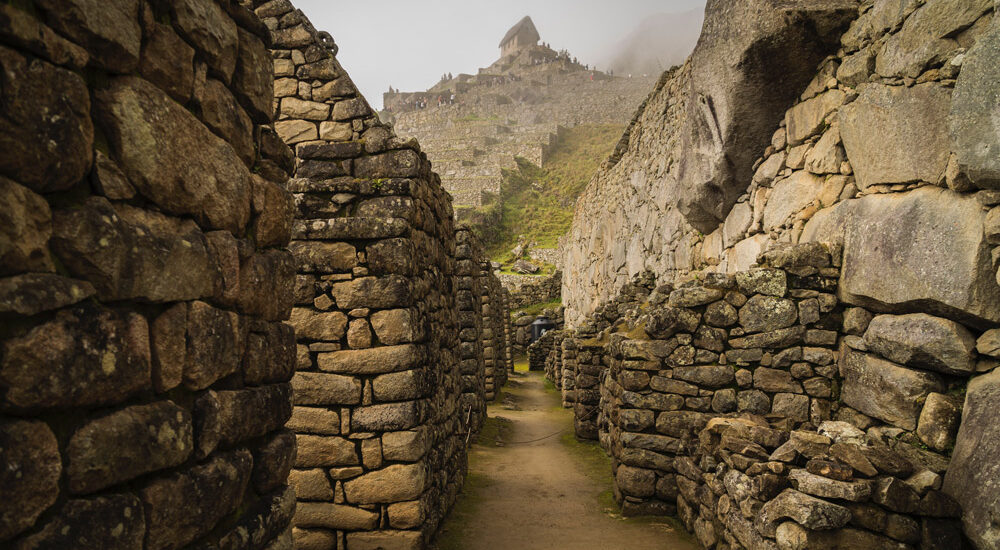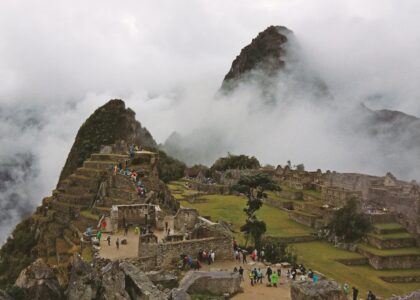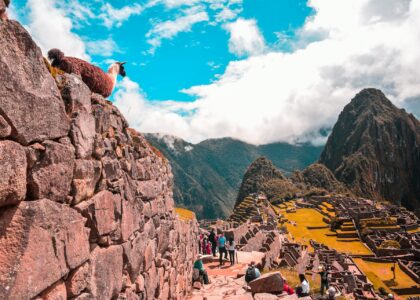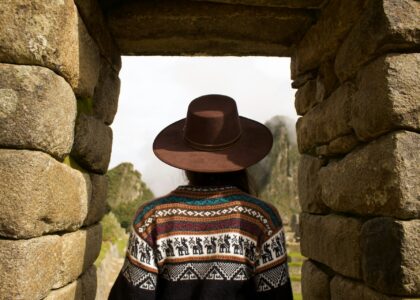Machu Picchu, standing tall amidst the Andean mountain range, showcases the Inca civilization’s ingenuity and resilience. Exploring the history of Machu Picchu, tourists find themselves transported back in time, walking the same stone paths that the Incas did hundreds of years ago. This ancient citadel wasn’t just a city but a symbol of Incan architectural intelligence and their harmonious relationship with nature. For travelers, each structure and artifact offers revealing insights, unraveling a fragment of the vast history of this location. A journey here isn’t merely a trek across rugged terrains; it’s a step into a long-gone world, making your travel experience infinitely more enriching.
Fact #1: No One Knows Machu Picchu’s True Purpose
Machu Picchu holds many secrets, with its true purpose still being a topic of scholarly debate. Some historians hold that it was a ceremonial site, a secret ceremonial city used by Inca leaders due to its alignment with astronomical events. Others argue it was a royal retreat for the Inca emperor Pachacuti, escaping the bustle of Cusco for contemplation. Another theory suggests it served as a military stronghold, controlling the main routes between the Andes and the Amazon. Each theory contributes to the rich history of Machu Picchu, making it an even more intriguing destination.
Fact #2: The Inca’s Engineering was Ahead of It’s Time
The Inca’s advanced engineering skills were ahead of their time and are particularly evident in Machu Picchu’s earthquake-resistant constructions. They employed a technique called ‘ashlar,’ where stones are cut to fit together without mortar, amazingly tight that even a piece of paper won’t slip between. They built terraces and walls that followed the natural curves of the land, providing stability against landslides.
Moreover, their civil engineering skills are highlighted by the site’s extensive and complex water distribution system, which still functions today. It’s clear that the Incas understood their environment and used innovative techniques to ensure Machu Picchu stood the test of time. This ingenuity leaves visitors in awe, reflecting the intellectual advances in the unique history of Machu Picchu.
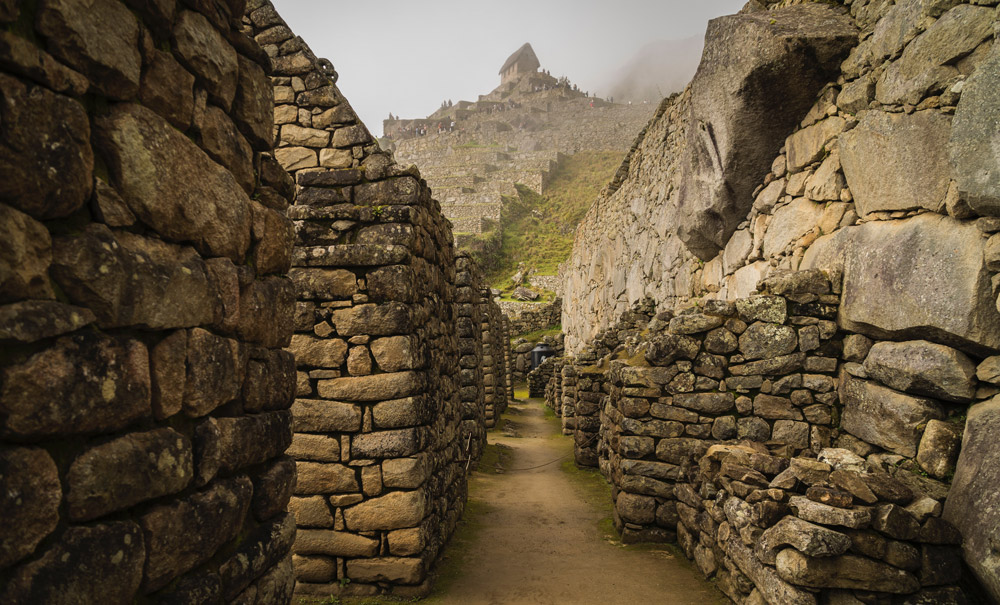
Fact #3: The Intihuatana Stone is Still a Mystery
The Intihuatana Stone, a notable artifact in the history of Machu Picchu, holds secrets of the Inca’s cosmic beliefs. Roughly translating to ‘Hitching Post of the Sun,’ this carved rock served perhaps as an astronomical clock or calendar for the Incas. During the winter solstice, the sun stands directly above the stone, casting no shadow at all.
Researchers believe that the Incas held ceremonies at the Intihuatana involving their priests ‘tying’ the sun to the stone, preventing it from sinking lower in the sky. While we can only speculate about its precise usage, it shows the Inca’s advanced understanding of astronomy, enhancing the mystique of Machu Picchu for visitors to the site today.
Fact #4: The Incas Were Ahead of Their Time in Agricultural Innovation
The Inca had great agricultural ingenuity, creating terraced fields that cut across Machu Picchu’s steep landscapes. These terraces weren’t just functional; they reduced erosion and provided essential farmland in the mountainous terrain, reflecting an advanced understanding of sustainable agriculture.
The Incas engineered these layers to include a sophisticated irrigation system, maximizing their crop yield. The topsoil was fertile and brought from lower lands, promoting the effective growth of diverse crops at various altitudes. This innovation was crucial for supporting the city’s population.
Fact #5: Machu Picchu Contains Sacred Three-Walled Structures
Machu Picchu is renowned for its trapezoidal architecture, a prominent feature that carries both practical and spiritual significance. The three-walled structures form a sort of open U-shape and are deliberately designed without a fourth wall to welcome the presence of sacred natural elements, integrating the environment into daily spiritual life.
These iconic trapezoids are also celebrated for their structural integrity, as the shape ensures stability against earthquakes, a common threat in the region. Their presence throughout Machu Picchu symbolizes the harmonious balance between form, function, and faith, highlighting their holistic approach to architecture and reverence for nature.
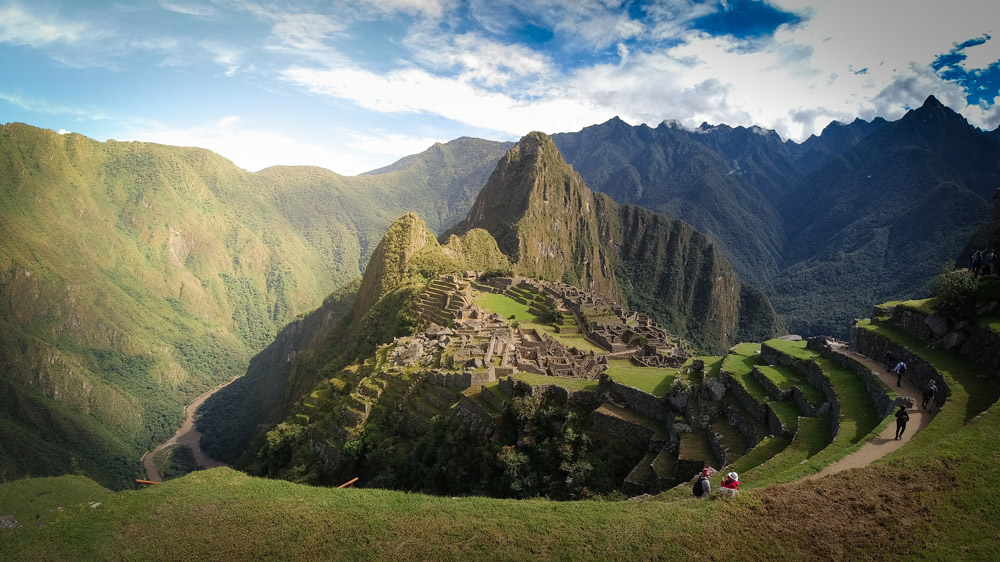
Fact #6: Machu Picchu was a Haven for Royalty
It might appear rugged and remote, but the history of Machu Picchu suggests it was once a retreat fit for royalty. Many historians believe this breathtaking site served as a royal estate for Inca emperors and elites.
This theory is supported by the presence of exquisitely crafted structures within the complex that would have been suitable for nobility. The strategic location, hidden atop a lush mountain with a river below, not only provided security but also a luxurious solitude. It’s believed these tranquil surroundings offered the perfect respite for rulers seeking escape from the political demands of the empire. This aspect of the history of Machu Picchu adds an aura of majesty to its already fascinating appeal.
Fact #7: Machu Picchu was Isolated Until the 20th Century
One of the most intriguing parts of the history of Machu Picchu is how it remained a secret to the outside world until the early 20th century. Nestled away in the Andean mountain range, thick jungle and rugged terrain kept it hidden from Spanish Conquistadores. It wasn’t until 1911 that Hiram Bingham, an American explorer, brought global attention to this site.
Bingham, guided by locals, rediscovered the ancient city, which quickly sparked scientific and historical interest worldwide. This remarkable story of exploration reminds us that Machu Picchu is a treasure unveiled in modern times, silently holding centuries of history until then.
Fact #8: The Llamas Play an Important Role
When it comes to the history of Machu Picchu, the llamas aren’t just cute inhabitants. These animals were central to the Inca society, essential for transport and trade since there weren’t any wheeled vehicles. Llamas carried goods, navigating steep paths that were impractical for humans. Moreover, they provided wool for clothing and meat for sustenance, proving indispensable to the thriving civilization at Machu Picchu.
Experience the Living History of Machu Picchu
From remarkable engineering feats to hidden cosmic observatories, the history of Machu Picchu is a journey through the genius of an ancient civilization. Each stone and pathway holds stories, echoing the lives of the Incas who walked them centuries ago. But reading about the past is no match for living it.
Explorify Tours invites you to step into these tales, walk the ancient paths, and truly experience the history of Machu Picchu. Nothing compares to standing where history has stood, seeing what legends saw, and learning the stories firsthand. Join us, and let’s make your journey through history unforgettable. Book your tour with Explorify now!


